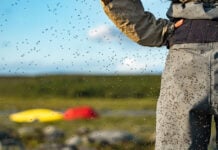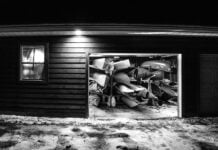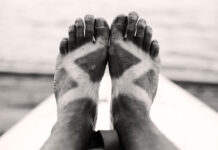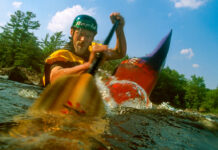In Kent Ford’s documentary The Call of the River: A Hundred Years of Whitewater Adventure, he traces the history of whitewater from its humble beginnings in Europe through its position today as a major outdoor sport.
Paddling as we know it here in North America began in the early ‘70s with an emerging counterculture of hippie adventurers. With topographic maps they headed for the hills in search of virgin runs landing in what are today’s best-known paddling towns. In this issue we’ve featured 50, including my own—Palmer Rapids. Like many others, it became a paddling town in spite of itself.
Making history in paddling towns
Europeans first settled the rugged area in the mid-1800s, scraping out livelihoods with subsistence farming and logging. Hundreds of men drove logs down the Madawaska River each spring to the lumber mills in Palmer Rapids. Men died. “The river killed your father,” widows warned their children.
In 1931 Ontario Hydro (now Ontario Power Generation) rebuilt the timber crib dam constructed in 1881 to hold back water for the spring log drives. It was rebuilt again in 1957 with channel excavations completed in 1967, just in time for the 1972 release of the movie Deliverance and the subsequent first wave of Grumman canoes.
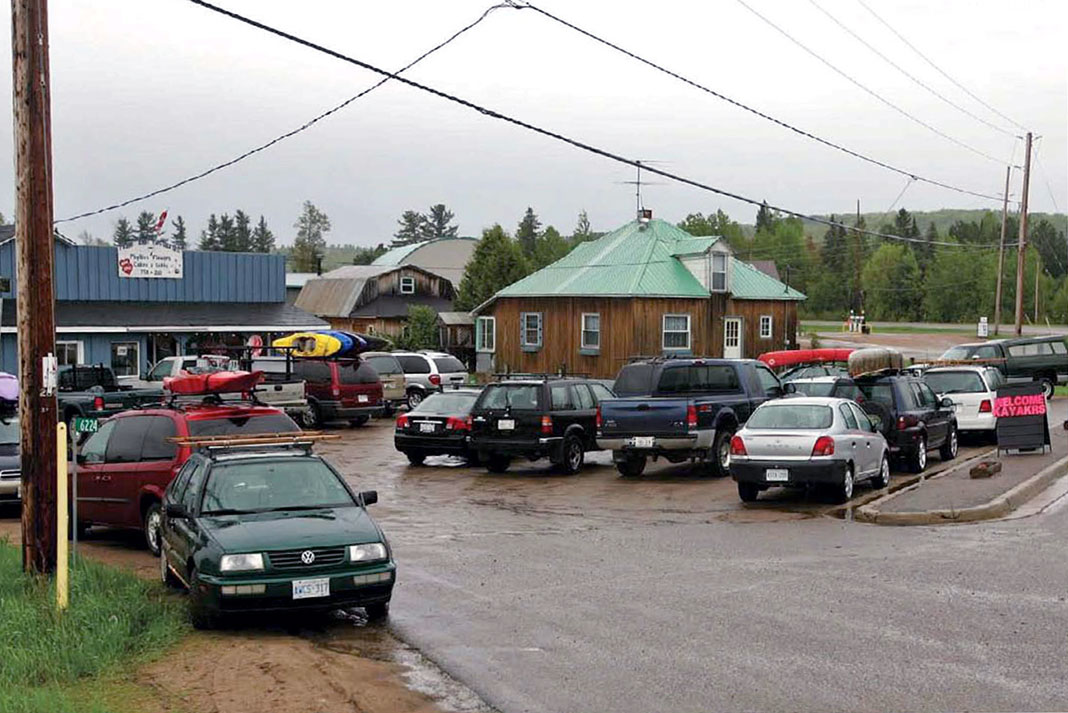
Palmer Rapids quickly became a training ground for canoe tripping summer camps, Black Feather and private groups planning longer, northern expeditions.
Meanwhile further upstream Hermann and Christa Kerchoff opened the Madawaska Kanu Centre on what is known as the Middle Mad section. North America’s oldest paddling school brought a European whitewater flavor to the area—specifically, kayakers.
In the early 1980s, the Ministry of Natural Resources proposed the creation of the Madawaska River Provincial Park. Local residents saw the plan as a threat to land ownership and motorized use of the river, and this marked the beginning of ill feelings toward “goddamned paddlers.”
The park was approved in 1987, but with boundaries scaled back to 200 meters on either side of the 22-kilometer whitewater section from Aumonds Bay to the village of Griffith. Then the recession in the early ‘90s gutted resource management in the province and the park management plan was shelved, downgrading it to a non-operating waterway park.
Here’s where I come in—me and everyone else. With the introduction of the Perception Dancer and Royalex canoes, not only did the number of paddlers on rivers everywhere double; apparel switched from natural fibers to purple and teal synthetics. Remember the ill feelings toward paddlers? Now we stuck out like sore thumbs.
In 1997 Lee Chantrell, Shawna Babcock and I registered Paddler Co-op, a non-profit paddling school to teach no-frill paddling courses. In a bar after our first tradeshow I got the idea of a paddling magazine, moved to Palmer Rapids, and 11 months later launched the first 16-page sampler issue of Rapid magazine.
A quiet acceptance
Today Paddler Co-op’s outreach program has made inroads. A two-day paddling program for students at Palmer Rapids Public School marks the first time in 200 years that local residents have actually paddled the rapids. Paddler Co-op operates an office and campground out of the facilities left vacant by the MNR in the ‘90s. It is on this site that Rapid hosts Palmer Fest, making a whitewater festival the second largest tourist event in the 700-square-kilometer municipality.
A few of the 50 whitewater towns in this issue are investing millions in building whitewater facilities. Others are viciously divided on the importance of the natural, economic and recreational benefits of their rivers. Some, like Palmer Rapids, have resolved to a quiet acceptance of our mango Gore-Tex drysuits.
If whitewater is still a major sport at the end of the next 100 years I believe it will be because of these four reasons: Deliverance dies with VHS; we’ve gained the respect of politicians proving we are revenue-generating and pain-in-their-ass neutral; we’ve banded together to protect rivers from development; and we’ve grayed the line between local and boater through education and respect for those who truly call the rivers their home.
Scott MacGregor is the founder and publisher of Rapid, whose office remains in downtown Palmer Rapids.
Paddlers now welcome. | Feature photo: Scott MacGregor


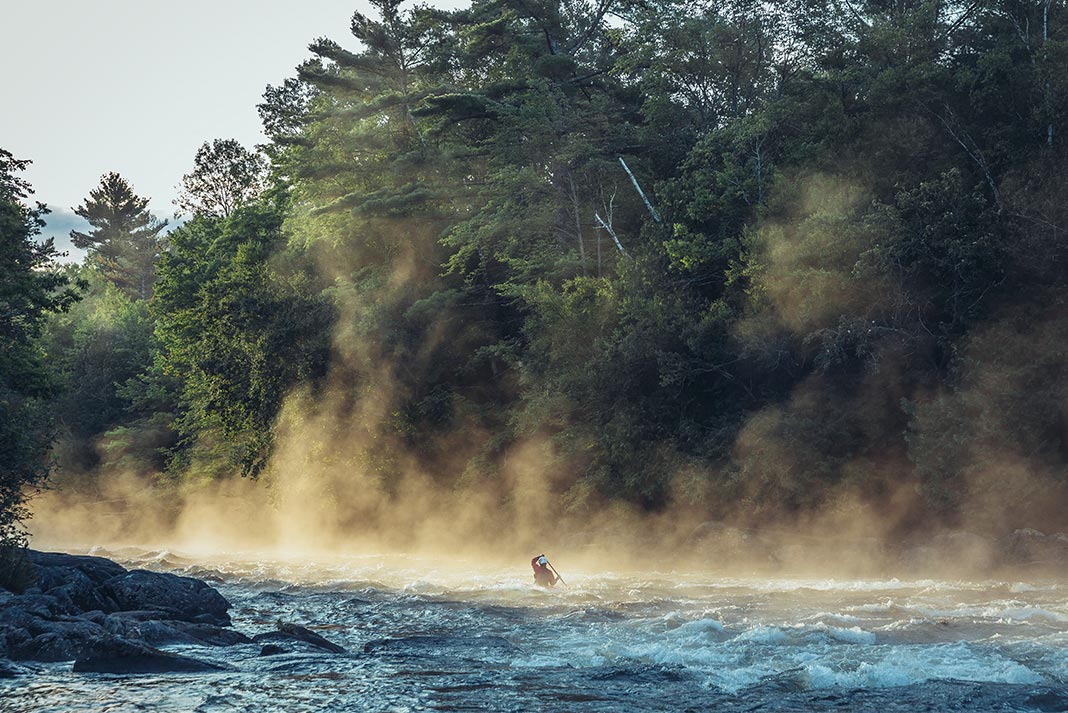
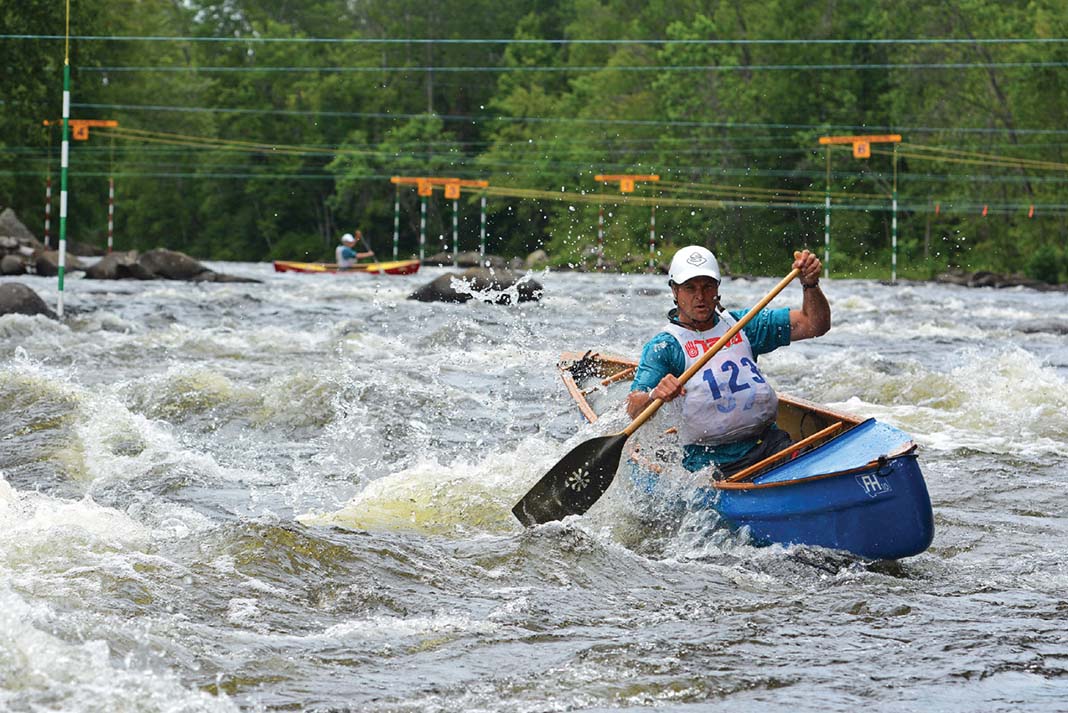
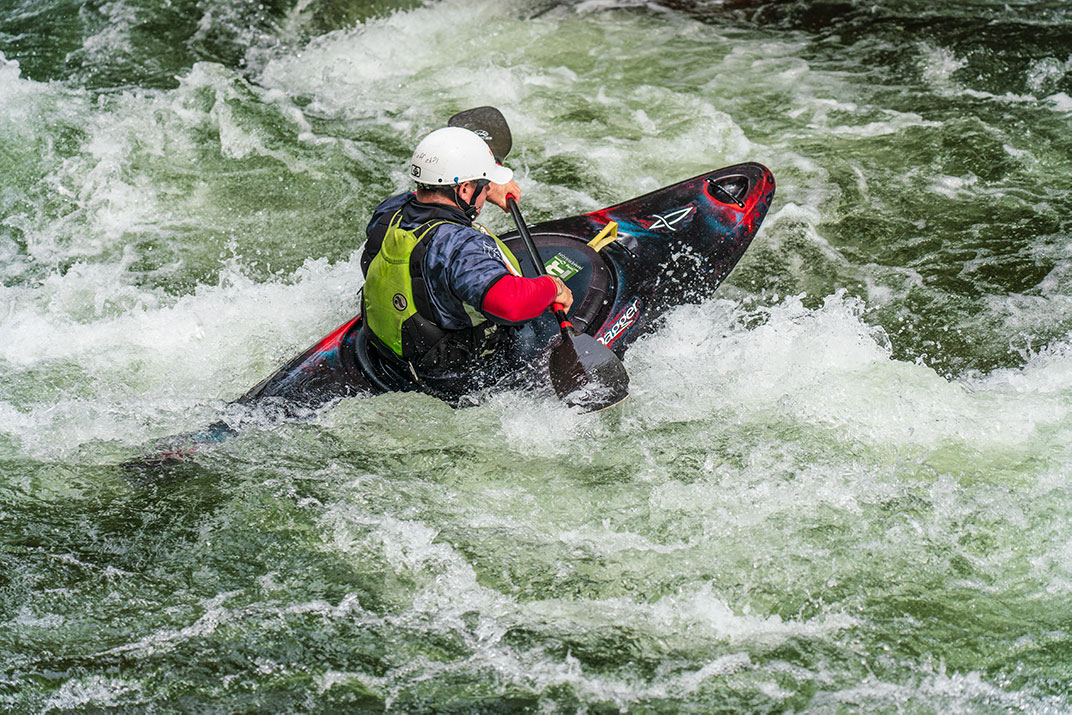
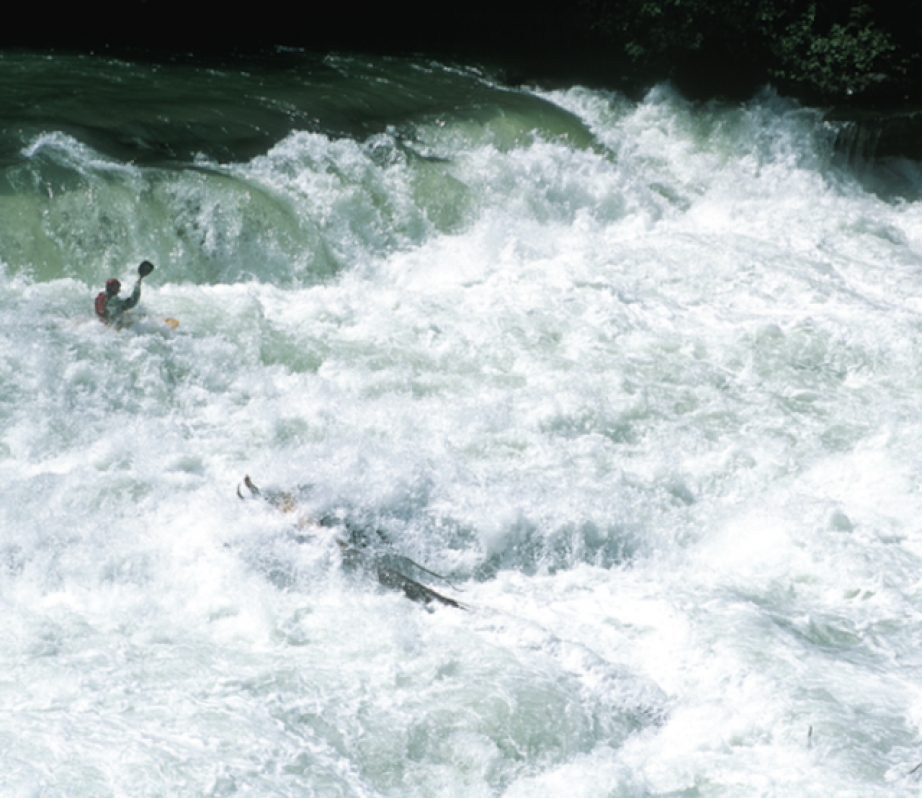
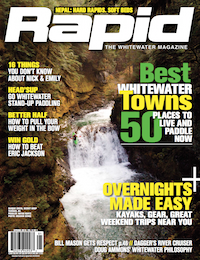 This article was first published in the Spring 2010 issue of Rapid Magazine.
This article was first published in the Spring 2010 issue of Rapid Magazine. 
